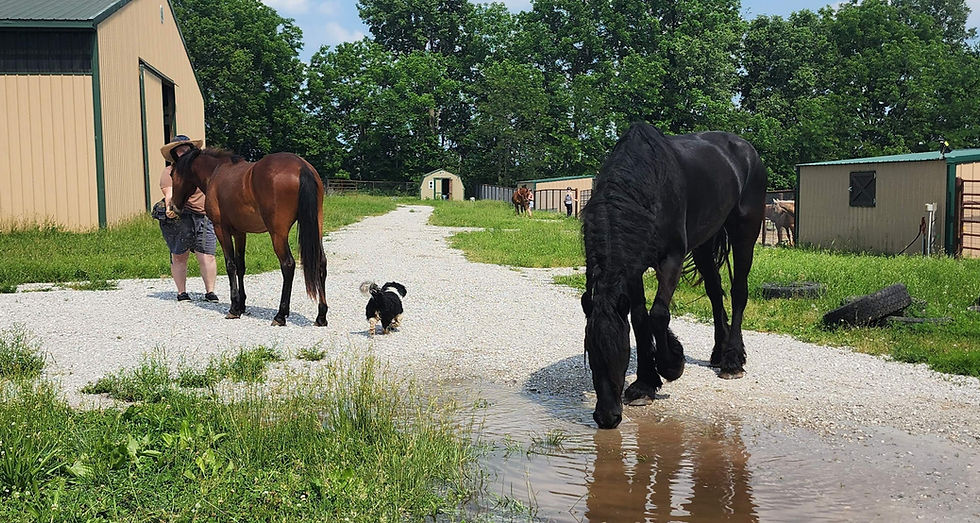The Equestrian Atlas
What would you like to learn today?
Learning Arenas
The following overarching categories encompass the "central dogma" of equestrian knowledge.

Philosophy
Mindfulness, Intention, & Understanding by Exploring Life's Big Questions
To be “constructive” is to be helpful, encouraging, and productive. Equestrians don't set out to be unhelpful, discouraging, or counter-productive - yet many behavior practices are just that.
These courses aim to break down the key components of constructive behavior work and share the benefits of being constructive. Students will learn to identify constructive practices and understand how to apply constructiveness to their equine interactions.
.png)
Ethology
Understanding the Equine's Perspective and Becoming Equine-Centered
Demystifying equine body language, innate behavior, and caretaking needs.
Equine ethology reveals the hidden world of communication, cooperation, and interaction within every equine herd.
Every equestrian has an obligation of reciprocity - if we ask the equine to join our human world and understand our human ways, then we owe it to them to understand theirs.

Behaviorology
Learning, Communication, & Motivation for Peaceful, Connected Cooperation
Behaviorology is more than just "training" or "behavior modification."
It's effective communication that accomplishes the goals and ensures behavior is safe and practical. It's ethical communication that sets expectations and boundaries while respecting autonomy. It's developing connection, relationship, and nurturing peaceful coexistence and willing partnership.

Practice
Fluency, Mastery, & Confidence via Real-World Strategies, Techniques, & Skills
Getting started with the practical applications of ethology and behaviorology.
Guidance through recommended activities, exercises, and challenges that foster skill in the equestrian and willing cooperation from the equine. Empowerment for equine and caretaker, as they become fluid in communicating with one another.
The "Central Dogma" of Equestrian Knowledge
A "central dogma" refers to a core principle, guiding framework, or foundational idea upon which a larger system of knowledge or belief is built. It often denotes:
-
An accepted, overarching concept that organizes and connects more specific ideas.
-
A fundamental truth or rule that directs thought, study, or practice.
